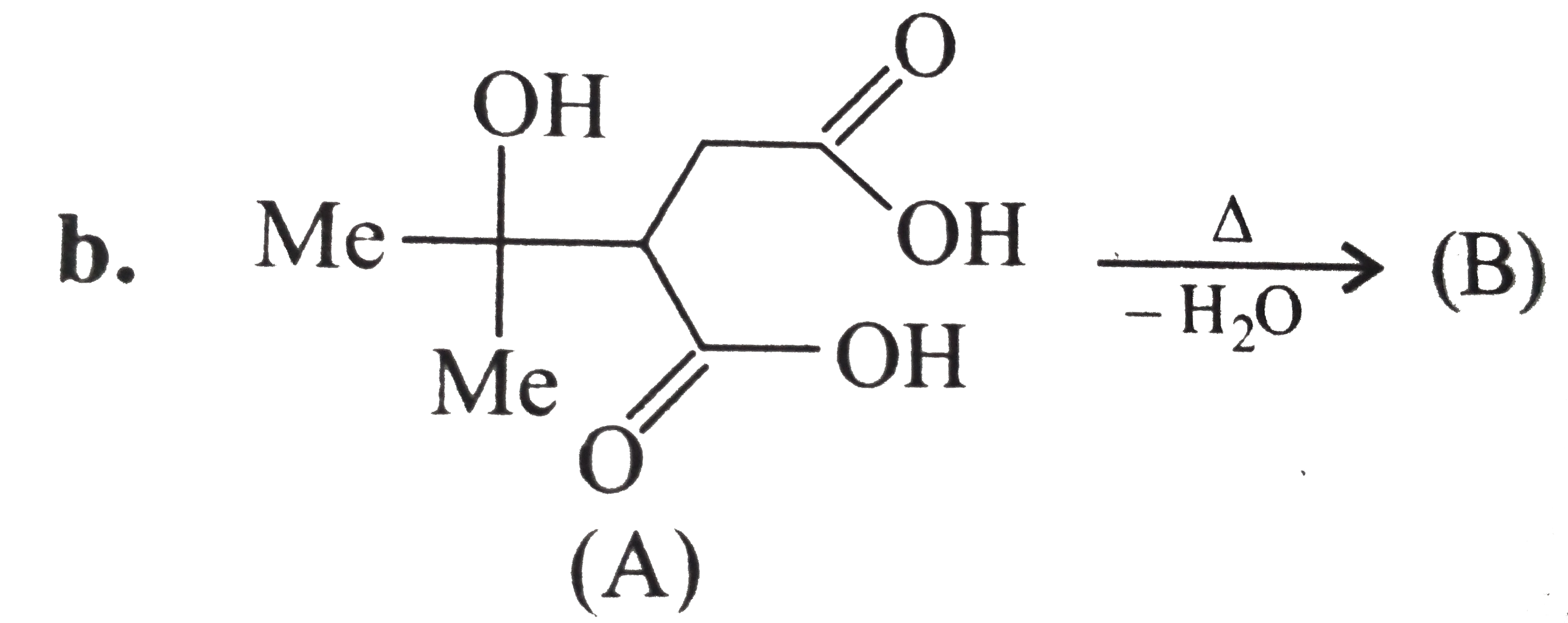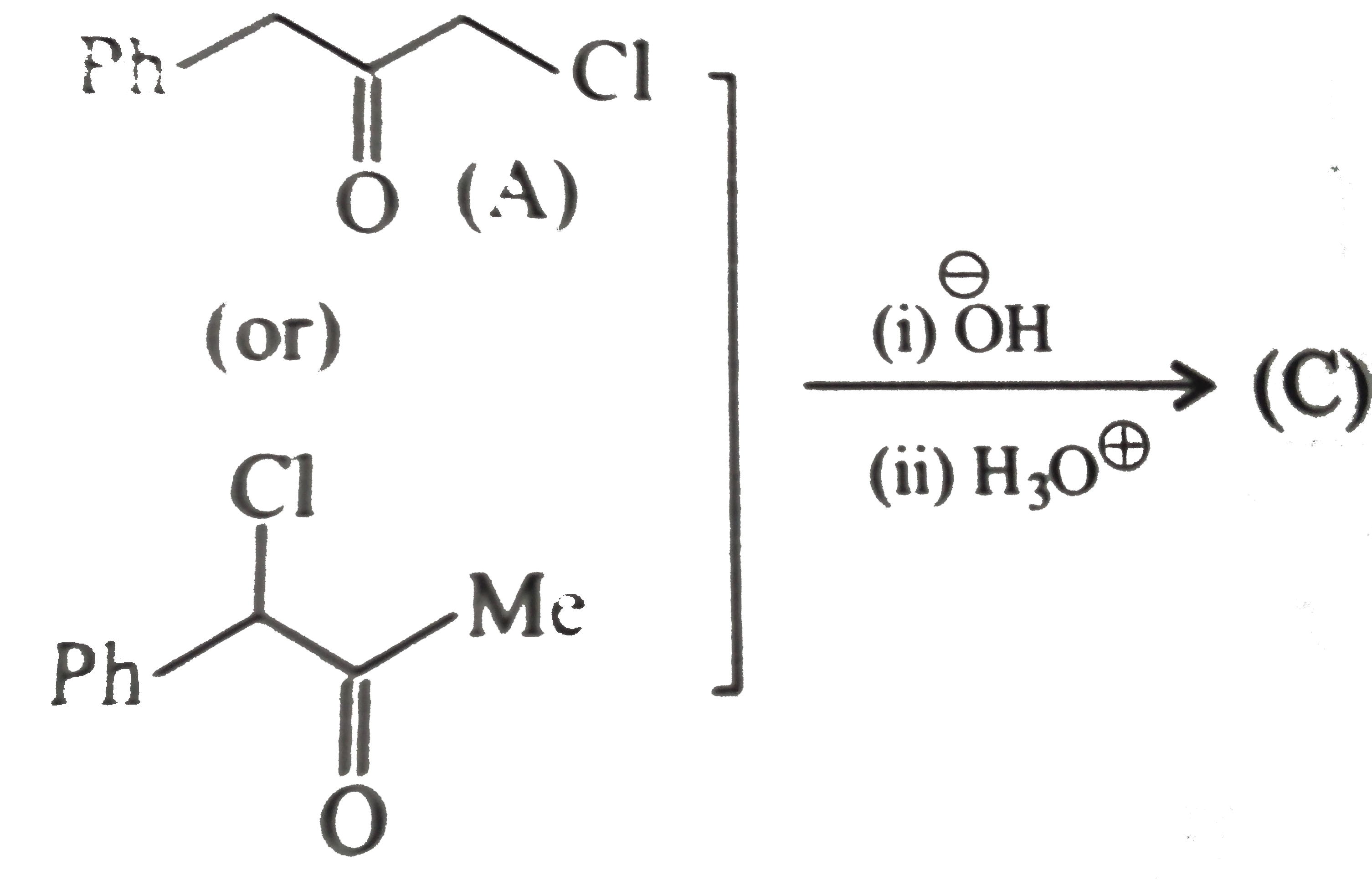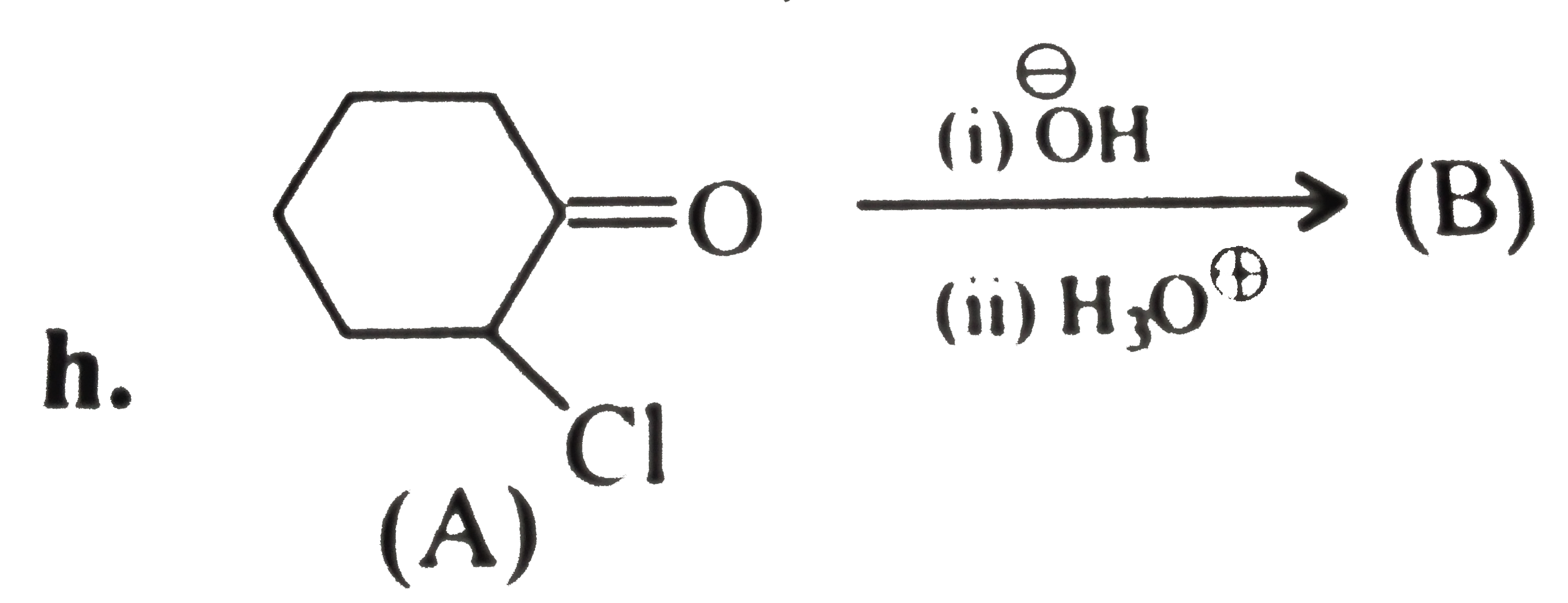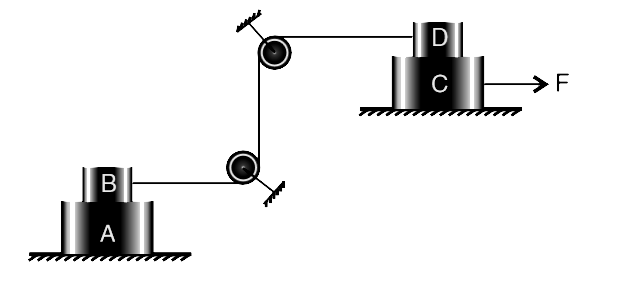Shown are several cuves (fig. (a), (b), (c), (d), (e), (f)]. Explain with reason, which ones amongst them can be possible trajectories traced by a projectile (neglect air friction).
![Shown are several cuves (fig. (a), (b), (c), (d), (e), (f)]. Explain with reason, which ones amongst them can be possible trajectories traced by a projectile (neglect air friction).](https://d10lpgp6xz60nq.cloudfront.net/physics_images/ARH_NCERT_EXE_PHY_XI_C07_S01_031_Q01.png)
The trajectory of a particle under gravitational force of the earth will be a conic section (for motion outside the earth) with the centre of the earth as a focus. Only (c) meets this requirement
Note. The trajectory of the particle depends upon the velocity of projection. Depending upon the magnitude and direction of velocity it may be parabolic or elliptical
Topper's Solved these Questions
- GRAVITATIONBOOK - NCERT EXEMPLARCHAPTER - GRAVITATIONEXERCISE - Long Answer type question
5 Videos
- GRAVITATIONBOOK - NCERT EXEMPLARCHAPTER - GRAVITATIONEXERCISE - Very short Answer type question
11 Videos
- KINETIC THEORYBOOK - NCERT EXEMPLARCHAPTER - KINETIC THEORYEXERCISE - Multiple Choice Questions (MCQs)
31 Videos
Similar Questions
Shown are several cuves (fig. (a), (b), (c), (d), (e), (f)]. Explain with reason, which ones amongst them can be possible trajectories traced by a projectile (neglect air friction).

View SolutionThe arrangement to store two magnets is shown by figures (a), (b), (c) and (d) in Fig. 13.2. Which one of them is the correct arrangement
View Solution
Knowledge Check
If a, b, c, d, e, f are in AP, then (e−c) is equal to which one of the following?
A2(c−a)B2(d−c)C2(f−d)D(d−c)If a, b, c, d, e, f are in A.P., then e – c is equal to
A2(c−a)B2(d−c)C2(f−d)D(d−c)Assertion In projectile motion, the angle between instanteneous velocity vector and acceleration vector can be anything between o to π (excluding the limiting case)
Reason In projectile motion, acceleration vector is always pointing vertically downwards. (Neglect air friction.)AIf both Asseration and Reason are correct and Reason is the correct explanation of AssertionBIf both Assertion and Reason are correct but Reason is not the correct explanation of AssertionCIf Assertion is true but Reason is falseDIf Assertion is false but Reason is true
Identify the products and explain their formation.
(a)
(b)
( c)
(d)
( e)
(f)
(g)
(h)
(i) .
.
View SolutionA=(a,b,c,d,e,f);B=(x,y,z:u) then total number of onto functions f:A→B possible are
View SolutionExamine the figures A, B, C, D, E and F. In which one of the four options all the items, A, B, C, D, E and Fare correct?

View SolutionIn the system shown in fig., block A and C are placed on smooth floors and both have mass equal to m1. Blocks B and D are identical having mass m2 each. Coefficient of friction

Between A and B and that between C and D are both equal to μ. String and pulleys are light. A horizontal force F is applied on block C and is gradually increased.
(a) Find the maximum value of F (call it F0) so that all the four blocks move with same acceleration.
(b) Will the value of F0 increase or decrease if another block (E) of mass m2 is placed above block D and coefficient of friction between E and D is μ?
View SolutionExplain the meaning of inflationary gap and deflationary gap . Explain any one measure by which these gaps can b e reduced.
View Solution
